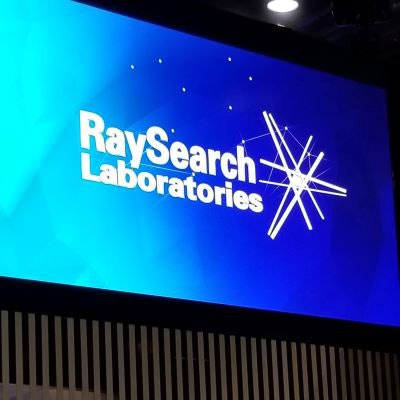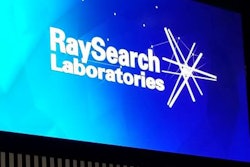
Radiation therapy software developer RaySearch Laboratories has introduced the latest release of its RayStation treatment planning software.
The new version brings speed enhancements, better ways of generating plans with the use of machine learning, and autonavigated multicriteria optimization, according to the vendor.
The company's Proton PBS Monte-Carlo (p-MC) dose engine has been migrated to work on computer graphics processing units (GPUs). Initial tests show that the GPU-based p-MC dose engine is 10 times faster than the CPU-based p-MC algorithms, RaySearch said. GPU p-MC, which uses the same physics algorithms as the previous dose engine, will initially be offered to a select number of clinics before RayStation 10B releases in December.
Meanwhile, the current new release, RayStation 10A, brings proton ocular planning to the software for the first time. The feature, called RayOcular, supports planning for classic clip-based, gaze angle, and fixed-beam eye treatments using 3D CT/MR data as input for adapting a detailed eye model. RayOcular can also perform tumor modeling using fundus photos and handle radiographs, RaySearch said. It includes a pencil-beam dose engine.
Raytation 10A also includes the capability to generate treatment plans with machine learning in the Plan Explorer module. Plan Explorer automatically generates a large number of plans for combinations of treatment techniques and machines for specific patients. Users can then filter and browse the results to select the best plan candidate, according to the company.
RaySearch said it has also incorporated autonavigated multicriteria optimization, automated collimator angle selection for conformal arcs to facilitate stereotactic planning, calculation and export of relative electronic portal imaging device (EPID) response for pretreatment quality assurance, and beam modeling enhancements for both photos and electrons.



















